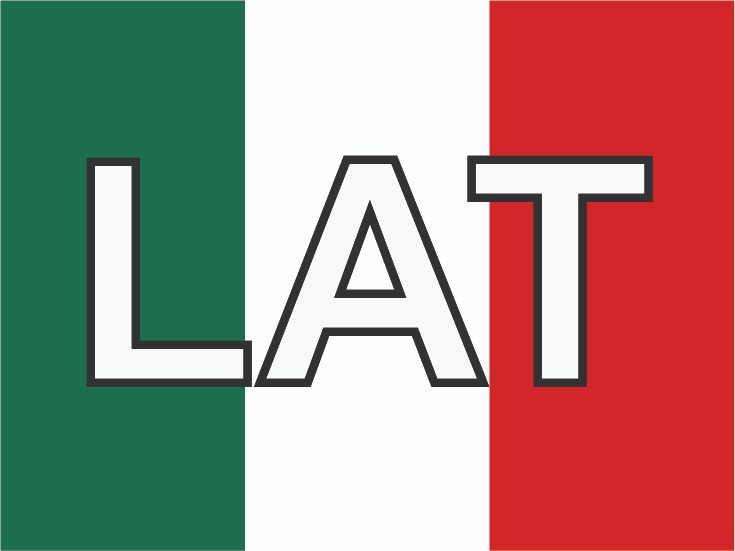Facial paralysis in the ceramic the Tumaco-Tolita pre-Columbian culture (300 BC to -600AD).
Abstract
Introduction: The Tumaco-Tolita culture occupied the geo-historic region of the Pacific Colombo-Ecuadorian coast from 300 BC to -600 AD. This culture was characterized for capturing with impressive realism the different pathologies that suffered their population, as well as evidence of genetic illnesses, congenital malformations, and processes of aging and death.Objective: To describe the evidences of neurological illnesses, and mainly the ones related to facial paralysis in the ceramic of the Tumaco-Tolita culture in the Universidad del Valle Museum «Julio César Cubillos» at Cali, Colombia.
Methods: The collection pieces of the Tumaco-Tolita culture of the Universidad de Valle archaeological museum «Julio César Cubillos», were examined by a geneticist physician, a physician trained in the area of medical genetics, and an archaeologist. Cases with evidences of neurological illnesses and mainly facial paralyses were documented.
Results: Out of the 500 examined pieces, 6 were found with clear evidence of facial paralysis, and out of them, the 3 that better showed this pathology were chosen.
Conclusions: The Tumaco-Tolita culture represented facial paralyses in their ceramics, constituting one of the first registries of these conditions in the American pre-Columbian cultures.
Authors
Downloads
Download data is not yet available.
Keywords
- Archaeomedicine
- Congenital malformation
- Facial palsies
- Tumaco-Tolita Culture
Submitted
2009-11-23
|
962 |
How to Cite
Pachajoa, H., Rodríguez, C. A., & Isaza, C. (1). Facial paralysis in the ceramic the Tumaco-Tolita pre-Columbian culture (300 BC to -600AD). Colombia Médica, 38(1), 92-94. https://doi.org/10.25100/cm.v38i1.479
Issue
Section
Windows to History
The copy rights of the articles published in Colombia Médica belong to the Universidad del Valle. The contents of the articles that appear in the Journal are exclusively the responsibility of the authors and do not necessarily reflect the opinions of the Editorial Committee of the Journal. It is allowed to reproduce the material published in Colombia Médica without prior authorization for non-commercial use




















